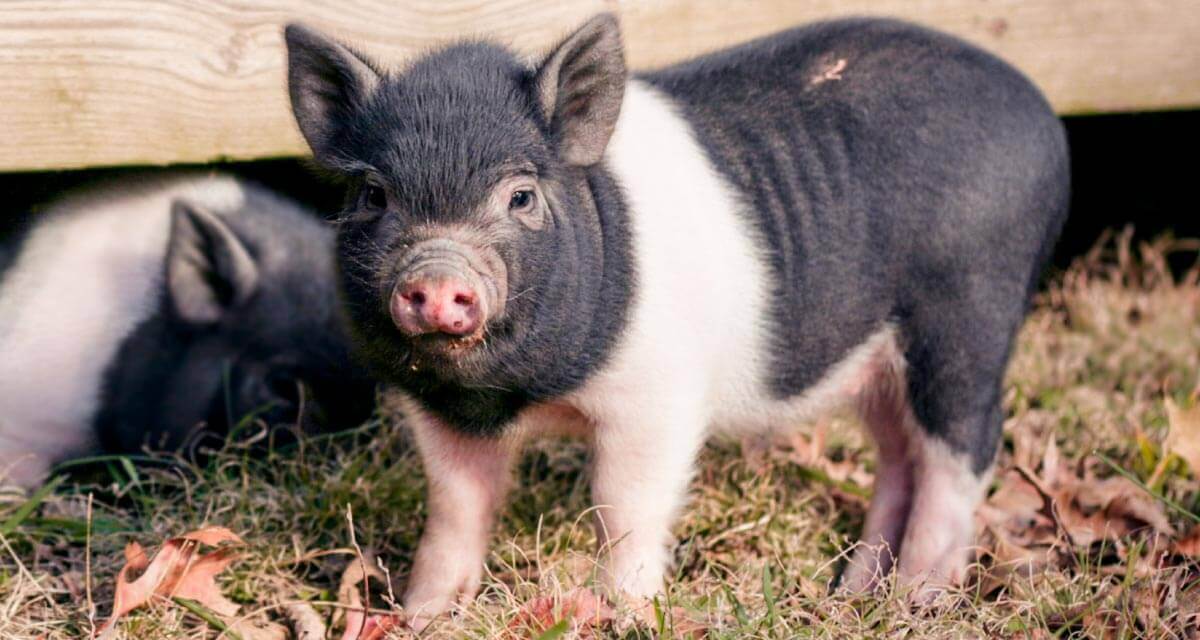The Value of Sanctuaries, and How to Maximize Their Impact


ACE recommends organizations that we feel offer the greatest value for each donor dollar. So far, these charities have been farmed animal advocacy organizations that primarily focus on outreach, education, and undercover investigations. We are frequently asked about our views on the work of farm sanctuaries and shelters. We feel sanctuaries can have great value, and that adopting certain practices can extend the impact of their work.
Values
Symbolism
Sanctuaries provide a symbol of how animals raised in farms can live a happy and fulfilling life when they are treated with proper respect and care. This is important because few people are directly exposed to animals used for food and thus don’t recognize them as individuals. Bridging the connection that much of our food comes from animals that were “someone, not something” helps personalize farmed animals.
Education
Animals in sanctuaries provide educational value on several levels. Most sanctuaries incorporate some form of education by allowing the public to visit with animals in natural settings while learning more information about their history. Countless advocacy groups, including ACE, utilize pictures from sanctuaries to showcase these animals as unique and beautiful individuals. Videos of these animals expressing themselves in a natural environment give us the opportunity to witness their complex and rich lives, and are used by many groups that run online advertising campaigns on various platforms. In fact, several of our top charities use this approach, and they have sanctuaries to thank for some of the footage used in their videos.
Direct rescue
Finally, there is value to the animals themselves, as the animals in sanctuaries were in need of rescue for one reason or another. Sanctuaries can care for hundreds of animals depending on the size of their shelter, and those animals benefit from their programs.
Efficiency
When considering all of the above values, it is important to recognize that not all of them yield the same amount of good in helping animals. Considering impact when choosing allocation of resources can greatly increase the number of animals helped per dollar.
Prioritizing education
The primary impact of sanctuaries does not occur from the direct number of animals that they save (though there is certainly value in each animal that is rescued), but rather from the effects of their promotion and education efforts to encourage others not to use animals for food. Helping a flock of chickens is commendable, but when you consider that just creating one vegetarian spares the suffering of 28 land animals each year (8 when you factor in elasticity, an economics principle that states that decreasing demand doesn’t equally impact supply), it becomes evident that encouraging people to change their behavior provides the greatest value that sanctuaries offer.
With that in mind, sanctuaries could benefit from increasing their focus on education and outreach programs. These efforts should be prioritized in a sanctuary’s strategic plan, along with consideration on how to expand reach by enticing groups (not just individuals) of people to participate.
Adoption programs
Adoption programs can also increase the benefits found in sanctuaries. For example, Animal Place has an adoption program that allows them to take in a larger number of animals without incurring long-term direct animal care costs. Of course, there are still costs associated with the rescue and subsequent adoption, but having that program allows them to help more animals while using fewer resources.
Self-evaluation
We strongly advocate that all charities take measures to evaluate the impact of their own programs, regardless of their cause area or specific type of advocacy. ACE offers some free resources, developed in conjunction with Faunalytics, in the form of our survey guidelines project. These materials discuss ways to evaluate the impact of your programs using carefully constructed survey questions. Additionally, they point out some common pitfalls that groups experience when trying to measure their programs, such as social desirability bias. ACE is happy to offer free consultation for groups that undertake this type of research.
Conclusion
Given the values mentioned in the first half of this post, animal advocates should be mindful of the need to support sanctuaries enough that they can provide important symbolism as well as educational values to the public through tours and materials used by other advocacy groups. However, advocates should also be mindful of the potential for sanctuaries to absorb large amounts of funding through direct care of large numbers of animals – a need which is unlikely to be satiated.
As anyone who has worked in a shelter or sanctuary will tell you (I personally worked as a Director for multiple wildlife rehabilitation centers for over five years), the calls asking for rescue never stop, and the number of animals needing assistance never decreases to zero. Expending too many resources on direct rescue results in less money directed toward education and a lower overall impact in helping animals, and all advocates should give consideration to this concern when deciding how best to help animals.
About Jon Bockman
Jon has held diverse leadership positions in nonprofit animal advocacy over the past decade. His career prior to ACE included serving as a Director at a shelter and wildlife rehabilitation center, as a humane investigator, and as a Founder of a 501(c)3 farm animal advocacy group.
ACE is dedicated to creating a world where all animals can thrive, regardless of their species. We take the guesswork out of supporting animal advocacy by directing funds toward the most impactful charities and programs, based on evidence and research.
Join our newsletter
Leave a ReplyCancel reply
Comments




Can you elaborate on the point about elasticity? Are you implying that if a vegetarian declines 28 animals worth of meat, then the price will fall sufficiently such that the rest of the market will absorb 20 animals worth of supply, and that only 8 lives will be saved? This is surprising… extrapolating this logic, if half the country stopped eating meat, then the rest of the country would almost double its consumption simply because the price of meat was lower. I would think the demand for meat much less elastic than this, at least in the US.
Ok, thanks Jon!
Great points, Jon. So which farm animal sanctuaries do you consider the best to donate to?
Thanks David, glad to hear you found it useful. We haven’t conducted deeper reviews of any specific farm animal sanctuaries at this point in time, so unfortunately we can’t offer an informed recommendation in that category.